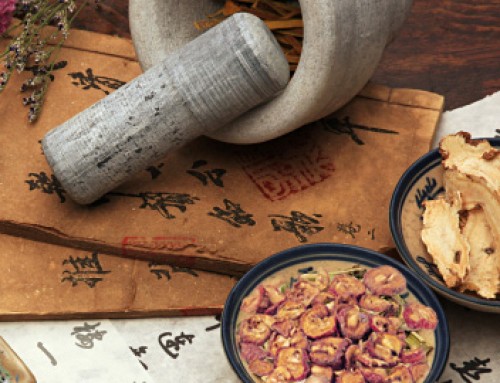川楝子
Sichuan chinaberry (Chuanlianzi)
Pharmaceutical Name: Fructus Toosedan
Botanical Name: Melia toosedan Sieb. et Zucc.
Common Name: Sichuan chinaberry, Melia, Fruit of Sichuan pagoda tree
Source of Earliest Record: Shennong Bencao Jing
Part Used: The fruit is gathered in winter, cleaned and dried in the sun and broken into pieces.
Natural Properties & Taste: Bitter, cold and slightly toxic
Meridians: Liver, stomach, small intestine and urinary bladder
Therapeutic Effects:
To regulate qi and stop pain
Indications:
1. Qi stagnation in the liver and stomach manifested as epigastric and abdominal distension and pain. Sichuan chinaberry (Chuanlianzi) is used with Corydalis tuber (Yanhusuo) in the formula Jinlingzi San.
2. Hernia with painful swelling of testicles or scrotum. Sichuan chinaberry (Chuanlianzi) is used with Fennel fruit (Xiaohuixiang), Costus root (Muxiang) and Evodia fruit (Wuzhuyu) in the formula Daoqi Tang.
Dosage: 3-10 g
Cautions & Contraindications: This herb is contraindicated in cases with deficiency and cold in the stomach and spleen.






